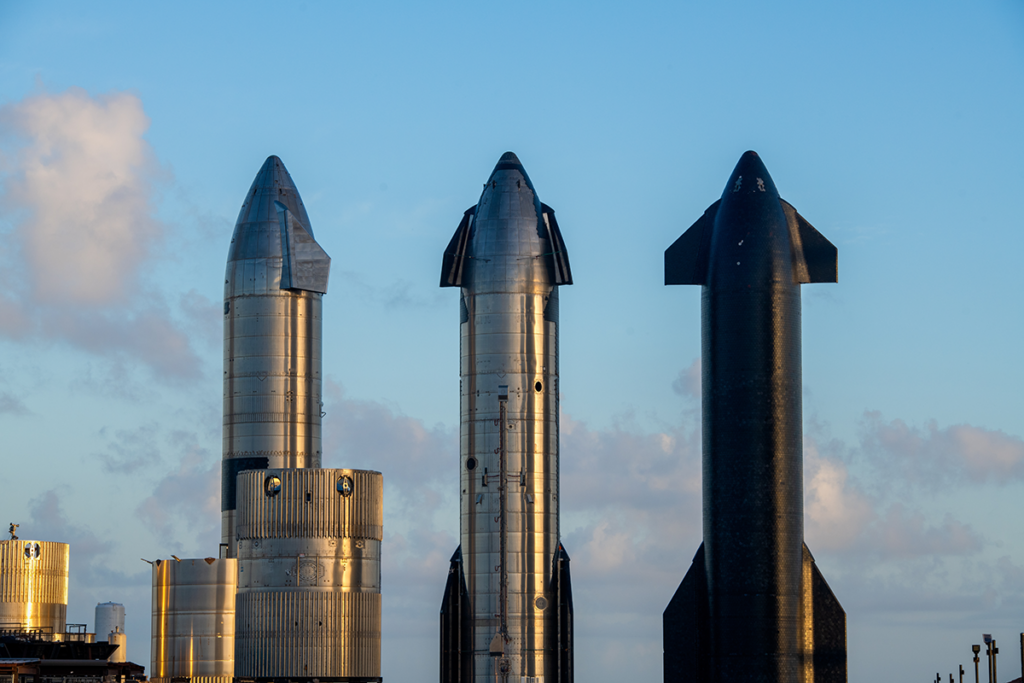SpaceX’s Starship rocket launched successfully from Texas in its latest test flight, but the spacecraft disintegrated mid-flight. The event was a mix of excitement and disappointment for the company and its audience.
A Launch Full of Promise
On Thursday, SpaceX’s Starship, the world’s largest and most powerful rocket, lifted off from Boca Chica Beach, Texas. The mission aimed to complete a near-circular flight around the globe while practicing the deployment of simulated satellites resembling the company’s Starlink models.
Standing 123 meters tall, the rocket reached a speed of 21,317 km/h (13,245 mph) and an altitude of 146 kilometers (90 miles) before losing engine functionality. The spacecraft lost contact eight and a half minutes into the flight and ultimately disintegrated.
A Technical Triumph Amid Setbacks
Despite the disintegration of the spacecraft, SpaceX achieved a significant milestone during the test: successfully catching the descending booster with the tower’s mechanical arms, nicknamed “chopsticks.” This is a rare feat for the company, demonstrating advancements in reusability for critical components.
“It was amazing to see the booster return, but obviously, we’re disappointed about the spacecraft,” said SpaceX spokesperson Dan Huot. He added, “It’s a test flight. It’s an experimental vehicle.” Huot emphasized the need for detailed data analysis to uncover the cause of the failure.
The Mission’s Greater Purpose
This test marked the seventh flight for Starship, a vehicle that NASA has selected for lunar missions later this decade. Elon Musk envisions Starship as the backbone for launching satellites, including Starlinks, and eventually for human missions to Mars.
SpaceX had made significant upgrades to the spacecraft for this demonstration. The test satellites aboard were designed to mimic real Starlink satellites, further aligning with SpaceX’s long-term goals.
A Day of Contrasts for Space Exploration
On the same day, in Florida, Jeff Bezos’s Blue Origin successfully launched its New Glenn rocket. While it achieved orbit and deployed an experimental satellite, the booster failed to land on its designated platform in the Atlantic Ocean.
These events underscore the technical challenges facing companies in the highly competitive race to push space exploration forward.
One Step Closer to Mars
While the flight didn’t end as planned, SpaceX continues to make strides toward its ultimate goal of colonizing Mars. Both successes and failures are part of the learning process. As Huot stated, “It’s an experimental flight.”
SpaceX’s relentless drive to innovate shows that space exploration is entering a new era, where private companies are reshaping the future of humanity’s reach beyond Earth.



